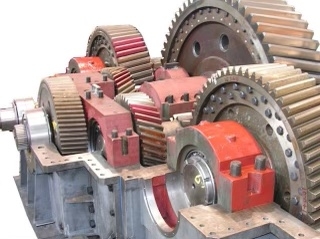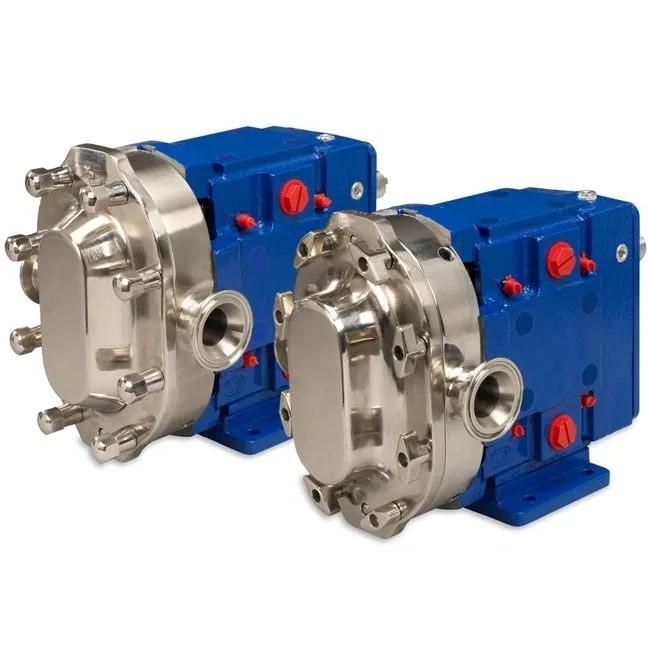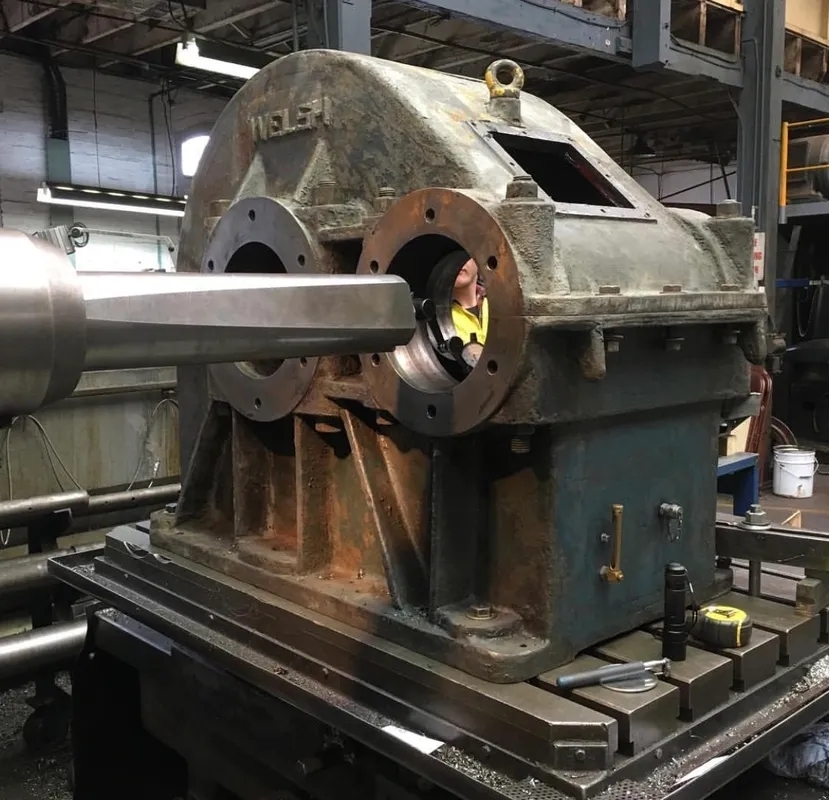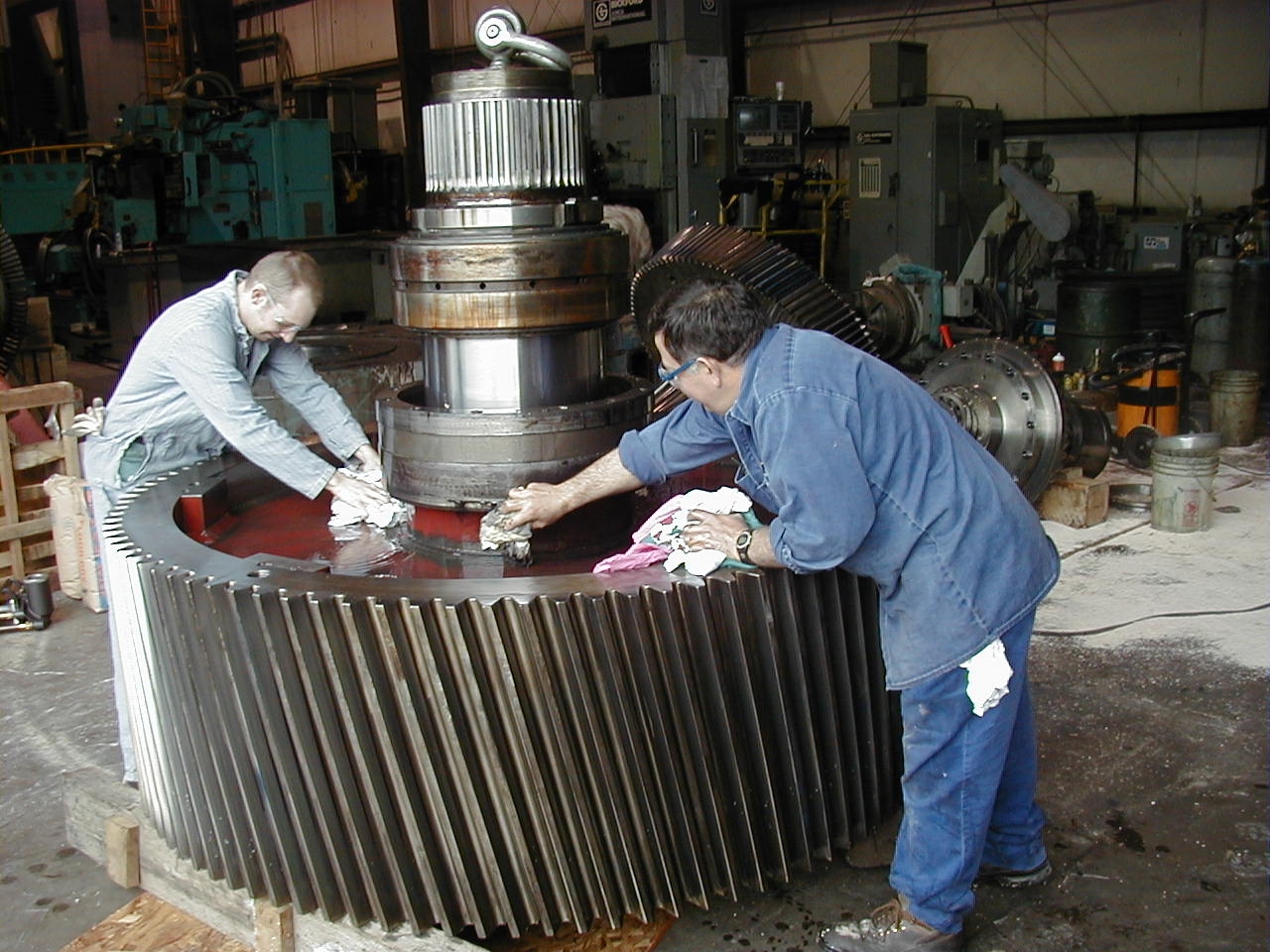Pump Motor Bearing Inspection
What are the common signs of bearing wear in a pump motor?
Common signs of bearing wear in a pump motor include increased noise levels, excessive heat generation, vibration, and reduced efficiency. If bearings are worn, they may produce a grinding or squealing noise, indicating friction and potential damage. Additionally, if the motor feels excessively hot to the touch, it could be a sign of bearing wear causing increased friction and heat generation. Vibration in the pump motor can also be a sign of bearing wear, as misaligned or worn bearings can cause the motor to operate unevenly, leading to vibration.



